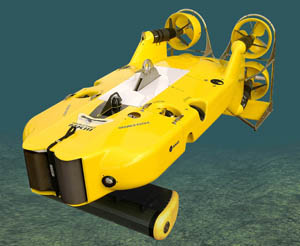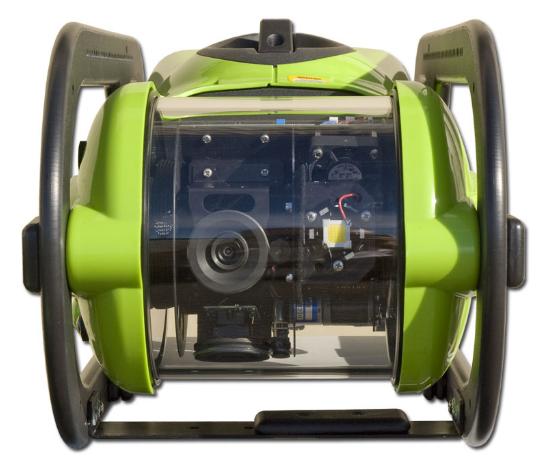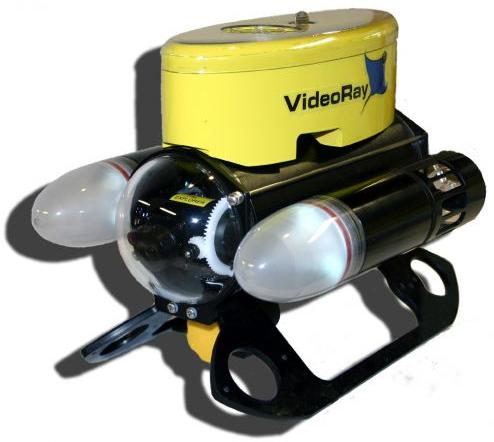ROVs For All?
Remotely Operated Vehicles: science fiction, sexy toys or affordable, reliable technology? Maritime Security Review has been taking a look at some cutting edge technology and making some surprising discoveries.
ROV on every Merchant Marine, Offshore Rig and Port?
At the recent Underwater Defence and Security event in Portsmouth there was a huge buzz around the advancements in Remotely Operated Vehicles (ROVs).
Over the past few years considerable advances in ROV technology have increased capacity, reduced weights and sizes and brought investment and operating costs down dramatically. Due to these changes ROVs are increasingly accessible to the merchant marine, but are we really that close to having an ROV on every vessel, rig and port?
Some of the equipment displayed in Portsmouth was so evolved that it is light enough to carry, small enough to be fitted in a suitcase. Prices now start at around $35,000 for basic models and training and maintenance costs are perfectly acceptable.
Sean Newsome of SeaBotix had several ROV machines on display, one of which had deployed to inspect a ship’s hull in a 6-7 knot current within an hour of the ship grounding in Singapore. TV footage of the impact area was with the owners’ technical department within two hours; SeaBotix had their equipment in the right place at the right time.
Mark Fleming of VideoRay, with his UK representative Charlie Foll, were in buoyant mood as the Royal Navy, customers from 2008, recently upgraded to the new VideoRay Pro 4, with its intuitive new control system, hull crawler attachment and high resolution Blue View Sonar.
Chris Lade and the Saab team were displaying their smaller ROVs and were keen to explain the integration of a mine disposal system which could have significant impact on the clearance of ordnance and remnants of war. The disposal of military munitions is a key function in many coastal areas and on continental shelves where laying oil and gas pipes or building wind farms are strategic to energy projects.
The level of interest displayed in ROV technology during the two day event is far from surprising; innovative approaches and thinking have brought about technological solutions that have increased the flexibility and endurance of ROVs while at the same time bringing unit prices down to perfectly affordable levels.
Over the coming weeks Maritime Security Review will be examining how ROVs are destined to become an ever greater presence in the maritime world. From regular hull inspection and cleaning to checks for wear and corrosion, damage inspection to munitions identification, the advances in ROV technology have brought about a series of new applications with ample potential for yet more.
A quality supply of ROV’s is assured and investment and running costs are down, imagination may be the only limiting factor; we will let you know.
(L) The SAAB Double Eagle MkII/III, (C) The SeaBotix LBV150-4, (R) The VideoRay Explorer




